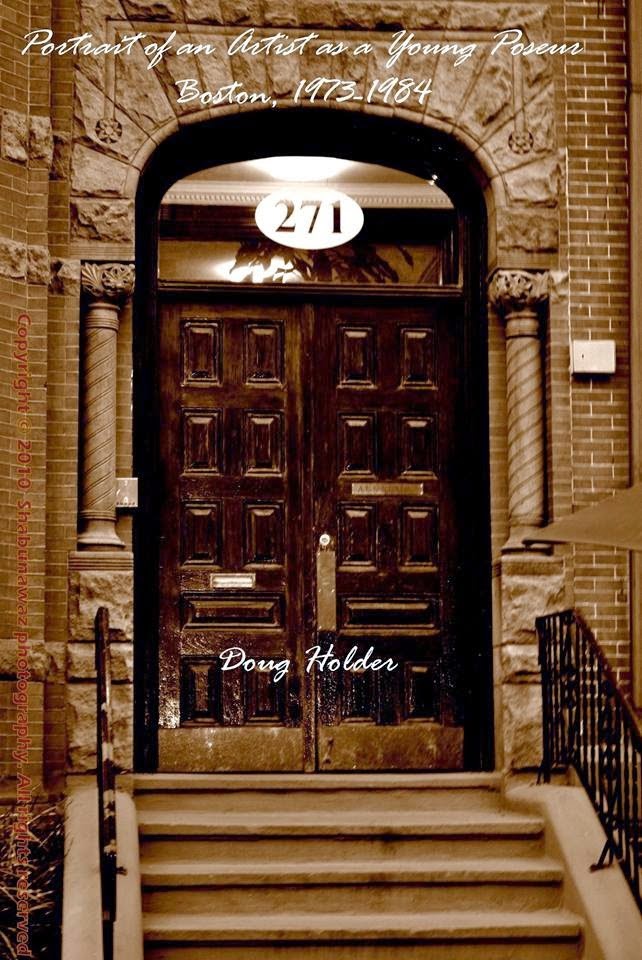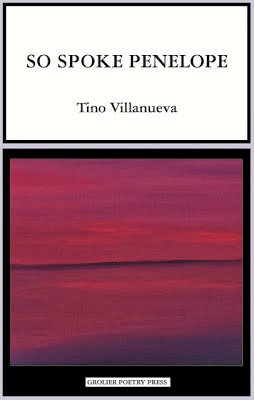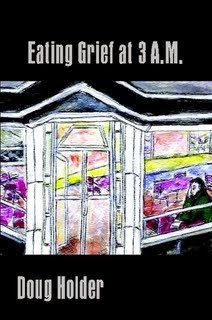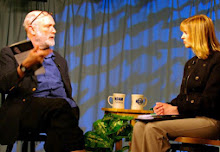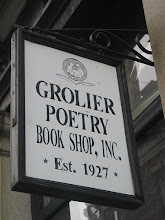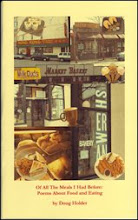
Melissa Guillet writes on her website:
"I have performed my work at libraries, coffee houses, and bars across the U.S. and Canada. I feel poetry should work on the page and aloud, and would describe it as narrative and often lyric. I have appeared on "Places", Youtube, CCTV, and other local access cable shows. My work has appeared or is forthcoming in Appleseeds, Ballard Street, Bloodroot Literary Magazine, Caduceus, The Cherry Blossom Review, GBSPA’s City Lights, Cyclamen & Sword, Dos Passos Review, Fearless Books, Imitation Fruit (winning poem), Lalitamba, Language and Culture, Lavanderia, Look! Up in the Sky!, New Muse, Nth Position, Public Republic, Sangam, Scrivener’s Pen, Seven Circle Press, Women. Period., six Poets’ Asylum anthologies, and several chapbooks. I am the chief editor and founder of Sacred Fools Press, which has produced three anthologies. I teach Interdisciplinary Arts in Rhode Island."
I talked with her on my Somerville Community Access TV show " Poet to Poet: Writer to Writer"
Doug Holder: You write that a poem should work aloud and on the page. Could a great poem on the page translate badly on the stage?
Melissa Guillet: Sometimes if you are doing a play on words or a pun--you might not get that hearing it. But I like my poems to be very lyrical, so I am always looking at sound. So the only way for me to be better is to read it out loud. When you hear it you get so much more out of it. When you read it sometimes you get something else. Sometimes you can only get the full meaning of a poem by reading it several times. But you also want it to be accessible so that is speaks to many people.
DH: You are the editor and founder of the Sacred Fools Press. Is a Sacred Fool the same as a Holy Fool?
MG: The title or name was inspired by a friend of mine Tony Brown. He used to host a poetry venue in which each month there was a different theme. One month it was the Sacred Fool. I thought that was an interesting concept. Sacred Fools break the rules; they make us look at each other and society; they makes us laugh or leave us aggravated. I used a logo for our press reminiscent of Don Quixote.
Our first anthology was about comic books. Everything to Peanuts to Superheros. Our next issue was Americana. I picked poems from the last fifty years of American history. And I called that "Appleseeds." That got me very interested in how society has changed in the past 50 years. We have come out of the Industrial revolution and have gone into consumerism. We are now in the consumer and computer era. Our new collection "Feast of Fools" deals with the clowns, the tricksters, etc... who break the laws, the rules--we either laugh and enjoy them or they annoy us. But they provide a mirror for society.
DH: How did the press start?
MG: I wanted to publish people both well-known and unknown-- I just wanted to get the work out there--I wanted to make people think about a certain theme,and open their minds to it. The first edition was collaborative, the second and third editions I did on my own.
DH: You teach interdisciplinary art in Rhode Island. What exactly is this course of study?
MG: The national standard of education rules have a number of guidelines. One is to integrate the arts with other subjects. This is what I felt drawn to and this what I did my Master's thesis on. I worked with other teachers and developed a textbook so they could learn about the arts through other subjects.
DH: How did you start out in the poetry scene?
MG: I started with open mics in Providence. I then became involved with the SLAM. I helped organize events--and one thing lead to the other.
DH You are an artist as well. Your work seems to be nature-based and abstract. How does this fit in with your writing?
MG: It fits because I feel that people interact with nature whether they know it or not. I recently did a series of prints that had bones weaved with trees. I am also an avid gardener. So poetry nature, and my art mix very well for me.
Aubade
There was no need
for Phoebus
to whisper in my ear when
the lark would do,
or the alarm, your way
of sighing as you turned,
the loudness of my dreams.
Rising, Phoebus wags his finger,
scolding our denial,
yet hopeful as a dog
sooner aware of day.
The dishes done,
the kids away,
our only charge was
to keep the sheets warm.
Nothing was to be done today.
We could just miss it entirely,
“X” it out on the calendar.
I reach for you blindly,
curled up and squinting.
The day has not begun yet.
We have all day to rise.
Sankofa
Sankofa:
Was that the metaphor looked for?
Almost a heart, divided
into two selves, medicinal snakes
spiraling in on themselves
for self-knowledge.
Then the triple-base, the three sides
to the story. The two facing snakes
that speak to each other
across the past.
High school was over,
and who would want to go back?
But in our busy, self-recoiling lives
the third wheel turns us back
and an internet spot pages old friends.
Cut off, your arm grew into its own
starfish, and you find, out
of that tiny sea, your friend
has become a starfish too.
You needed a Beowulf to slice off your arms,
to be faceless and bodiless and reach
past what everyone else had known,
only to grow everything back and reclaim
an identity to call your own.
In excavation, old photos define us,
yet we deny how we were.
We were never perfect.
We return to the source to fetch
the threads of our cocoons,
the molted shells of goofy haircuts
and all-important cliques.
High school was as far away as Africa,
as close as keys under your fingers.
Doors were closed on that life’s chapter,
but windows were open.
Friend, each of us is five parts of ourselves:
Future, Past, Present, Private, Public,
seeking same. Classified
by who we were, who we are, who we want to be.
Turn and take the egg off your back.
Neither one came first
when one needs the other to exist,
to exist one needs the other.















